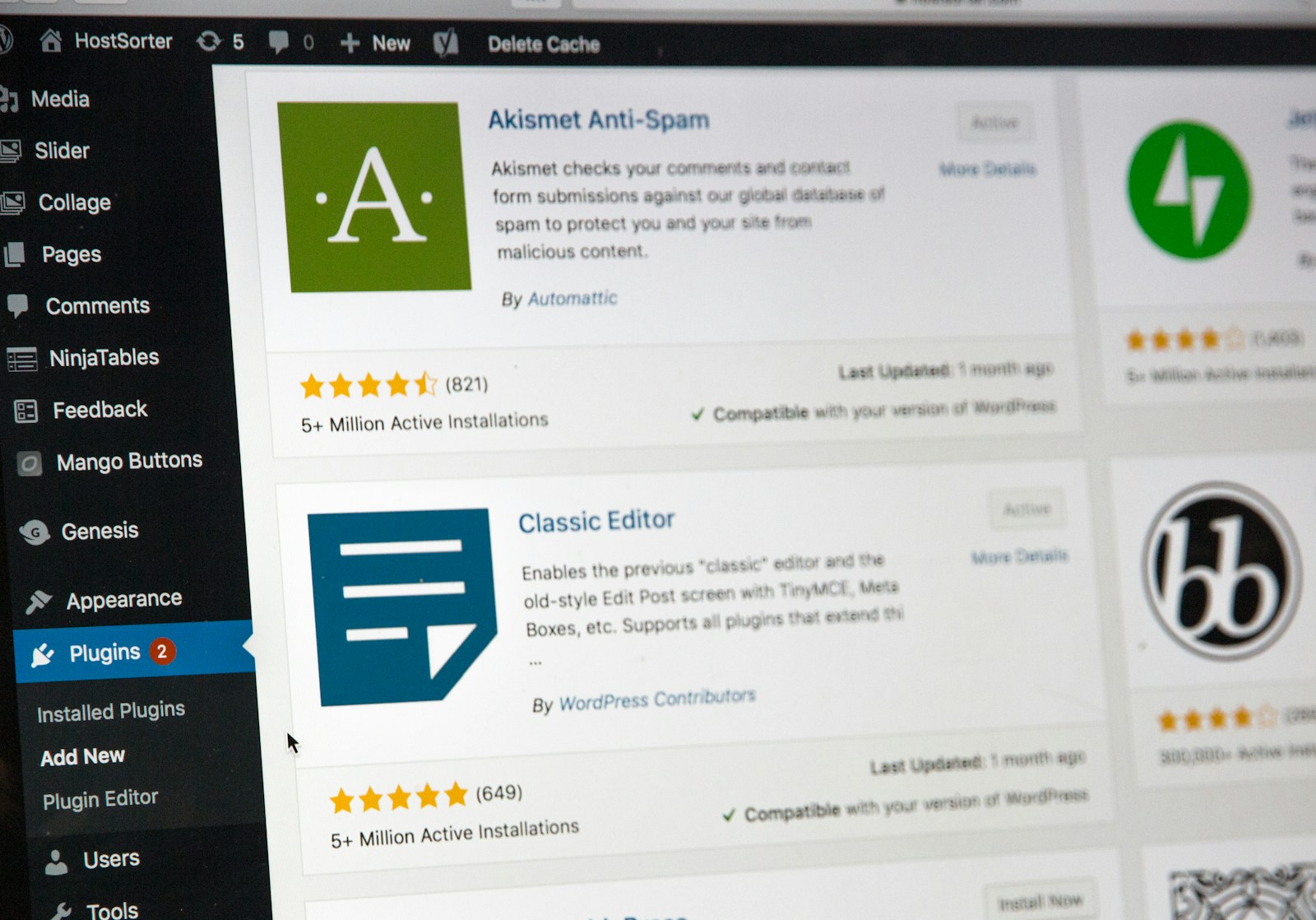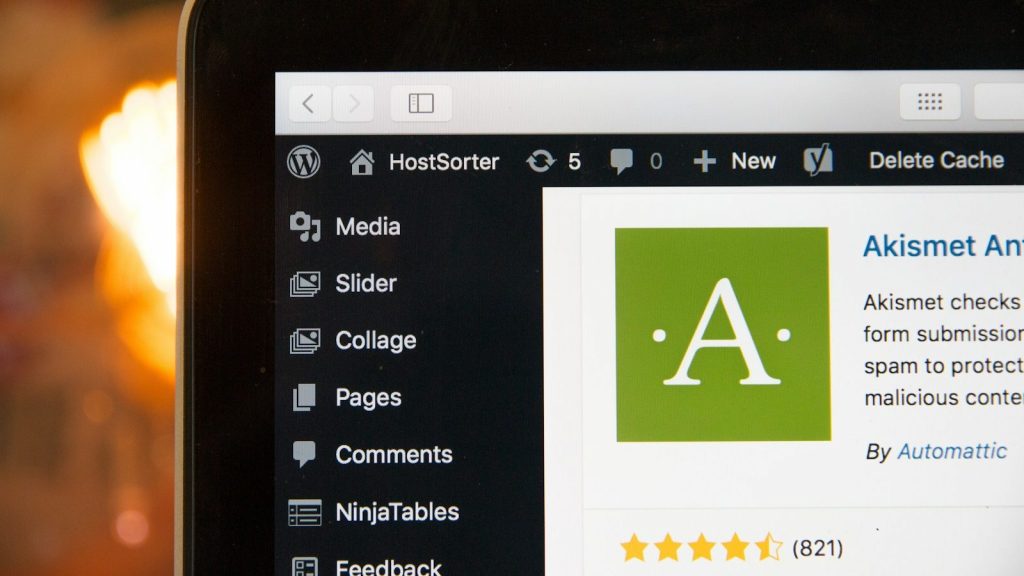Creating a multilingual WordPress website opens new opportunities to connect with a global audience and enhance user engagement. This comprehensive guide will provide a detailed walkthrough of the process, from selecting a hosting provider to translating your content and optimizing for SEO. Follow these steps to create a multilingual WordPress website that effectively communicates your message across different languages.
Step 1: Choose a WordPress Hosting Provider
Selecting a reliable hosting provider is the first step in building your multilingual WordPress website. Look for providers like Bluehost, SiteGround, or WP Engine that offer WordPress support and sufficient resources for your website’s needs.
Step 2: Install WordPress
Most hosting providers offer a simple one-click WordPress installation process. Once WordPress is installed, you can set up your multilingual website.

Step 3: Select a Multilingual Plugin
Choose a plugin that facilitates language translations for your website. Two popular options are WPML (WordPress Multilingual Plugin) and Polylang. Here’s how to set up WPML:
a. Install and Activate WPML:
- Access your WordPress dashboard.
- Go to Plugins > Add New.
- Search for “WPML,” install it, and activate it.
- b. Configure WPML:
- Follow the setup process guided by WPML.
- Select your default language and add any additional languages you want to support.
Step 4: Translate Your Content
With WPML set up, you can now translate your website content:
a. Translate Posts and Pages:
- Navigate to Posts or Pages in your WordPress dashboard.
- Select the content you wish to translate.
- Add translations for each enabled language.
- b. Translate Media:
- Consider translating images with text or creating new images for different languages.
Step 5: Customize Menus and Widgets
Ensure your website’s navigation and widgets are multilingual-friendly:
a. Translate Menus:
- Go to Appearance> Menus.
- Create language-specific menus and add translated pages.
- b. Translate Widgets:
- Access Appearance > Widgets.
- Place widgets in appropriate areas for each language.

Step 6: SEO and Multilingual URLs
Optimize your multilingual website for search engines and user experience:
a. SEO:
- Install an SEO plugin like Yoast SEO or Rank Math.
- Optimize content for SEO, including meta titles and descriptions for each language.
- b. Multilingual URLs:
- Use a URL structure that includes the language, e.g., example.com/en/ for English and example.com/es/ for Spanish.
- Ensure WPML or Polylang sets up URLs correctly.
Step 7: Test and Quality Assurance
Thoroughly test your multilingual website for accuracy and functionality before launch. Check translations, links, and design elements to ensure a seamless user experience.
Step 8: Launch Your Multilingual Website
Once testing is complete, launch your website and promote it across social media and your target audience to maximize visibility and engagement.

Step 9: Maintain and Update
Regularly update content and translations to keep your website fresh and relevant. Stay vigilant with plugin, theme, and WordPress core updates to maintain security and functionality.
Conclusion:
Following these steps and best practices, you can create a multilingual WordPress website that effectively communicates your message to a diverse audience. From selecting the right hosting provider to optimizing for SEO and maintaining regular updates, building a multilingual website requires careful planning and attention to detail. Embrace the opportunity to connect with users worldwide and enhance their experience with your brand or content.
FAQs: Building a Multilingual WordPress Website
1. Why should I create a multilingual WordPress website?
A multilingual website allows you to reach a broader audience, cater to users of different languages, and expand your global presence. It can also improve user engagement and increase conversion rates.
2. Do I need special technical skills to build a multilingual WordPress website?
Building a multilingual website with WordPress is relatively straightforward and does not require advanced technical skills. Basic knowledge of WordPress and familiarity with plugins like WPML or Polylang can be beneficial but is optional.
3. Can I add multiple languages to my existing WordPress website?
You can easily add multiple languages to your existing WordPress website using plugins like WPML or Polylang. These plugins allow you to translate your content and manage language-specific settings without affecting your site structure.
4. Are there any additional costs associated with creating a multilingual WordPress website?
While WordPress is free, you may incur additional costs for premium plugins like WPML or Polylang, depending on your requirements. Additionally, you may need to invest in professional translation services for accurate content translation.
5. How do I ensure my translated content is accurate and culturally appropriate?
To ensure accurate and culturally appropriate translations, consider hiring professional translators fluent in the target languages. Avoid relying solely on machine translations, as they may only sometimes capture the nuances of language and culture.
6. Will adding multiple languages affect my website’s performance and load times?
While adding multiple languages may slightly increase your website’s size and complexity, modern hosting infrastructure and efficient plugins help mitigate any significant impact on performance and load times. Regular performance optimization practices can further enhance website speed.
7. Can I track user engagement and analytics for each language on my website?
You can track user engagement and analytics for each language using tools like Google Analytics. These tools allow you to monitor traffic, user behavior, and conversion rates for each language, providing valuable insights into the effectiveness of your multilingual website.
8. How often should I update the translations and content on my multilingual website?
Updating translations and content regularly is essential to keep your multilingual website relevant and engaging. Aim to review and update translations whenever you change your original content or when new updates are available.
9. Can I switch between languages seamlessly on my multilingual website?
Yes, plugins like WPML and Polylang provide language switcher functionality, allowing users to switch between languages seamlessly. You can customize the language switcher’s Appearance and placement to suit your website’s design and user experience.
10. Can I add more languages to my website in the future?
You can easily add more languages to your website anytime by configuring your multilingual plugin settings and translating your content into the desired languages. Adding new languages allows you to expand your reach further and accommodate diverse audiences.

 With a keen eye for emerging technologies and a thirst for knowledge, I thrive on staying ahead of the curve and diving deep into the realms of coding, AI, and beyond. Whether it's experimenting with new software, tinkering with hardware, or envisioning the future of technology, I'm dedicated to making an impact and shaping the digital landscape. Join me on this exhilarating journey as we unlock the possibilities of tomorrow, one line of code at a time.
With a keen eye for emerging technologies and a thirst for knowledge, I thrive on staying ahead of the curve and diving deep into the realms of coding, AI, and beyond. Whether it's experimenting with new software, tinkering with hardware, or envisioning the future of technology, I'm dedicated to making an impact and shaping the digital landscape. Join me on this exhilarating journey as we unlock the possibilities of tomorrow, one line of code at a time. 


